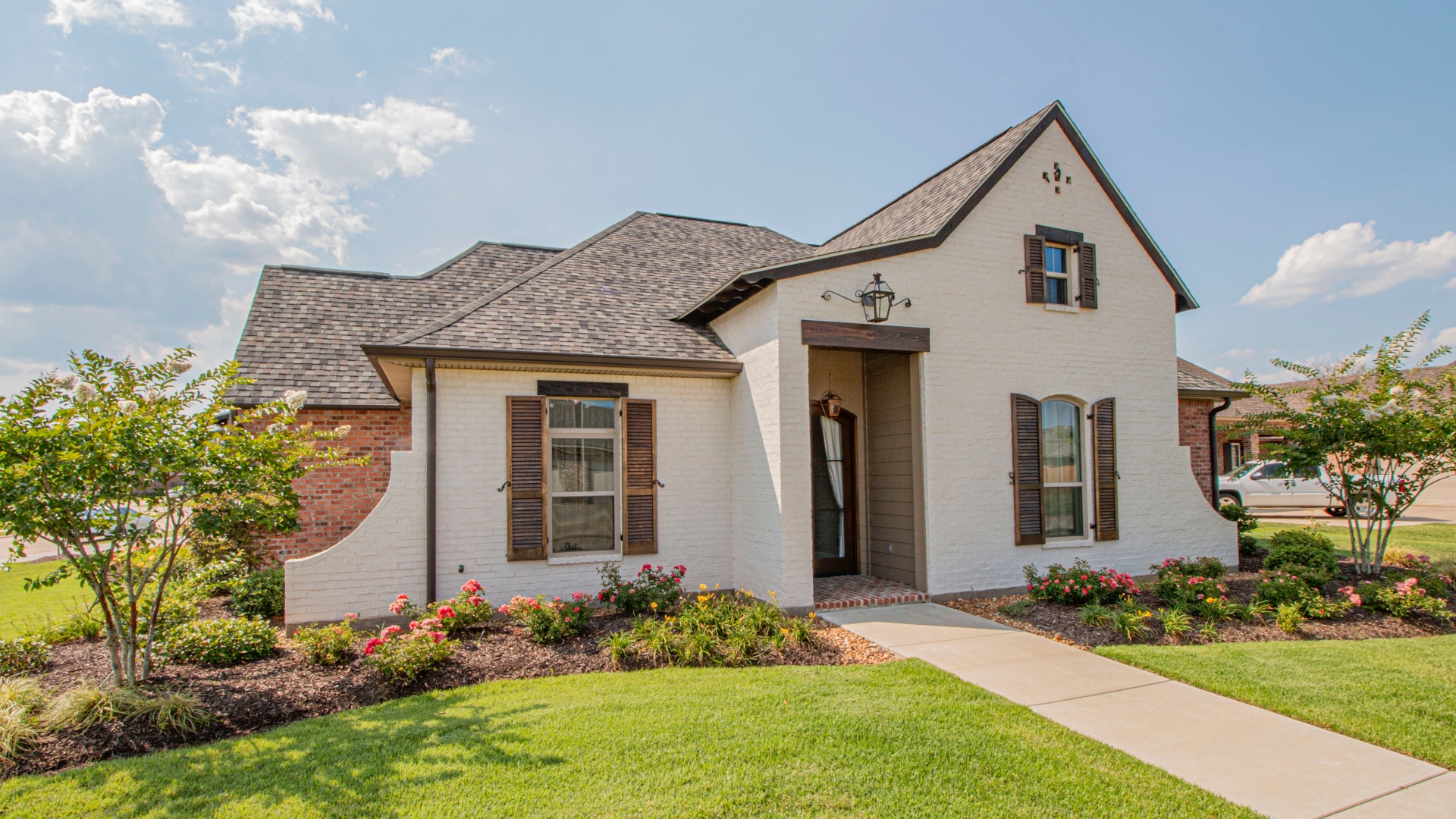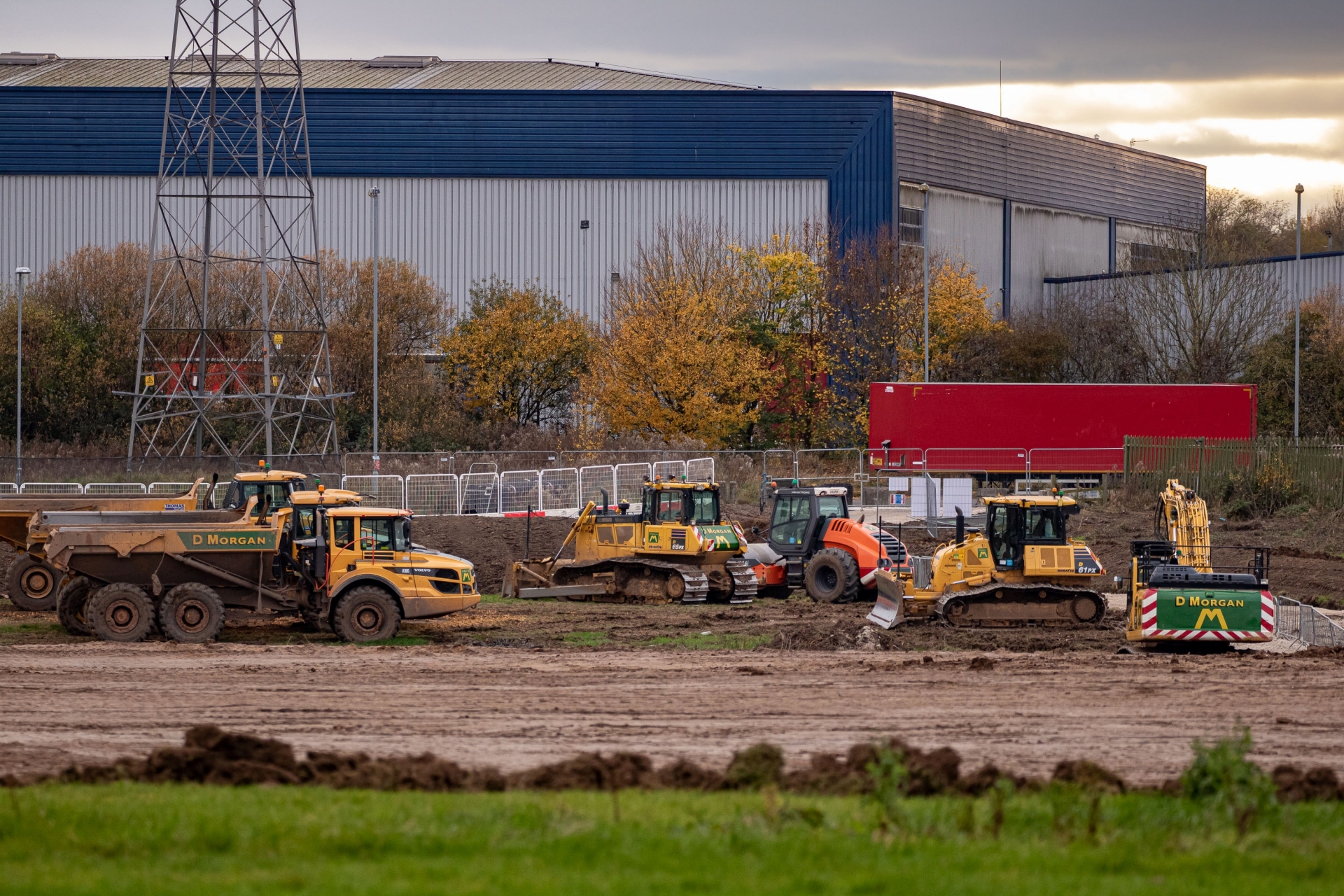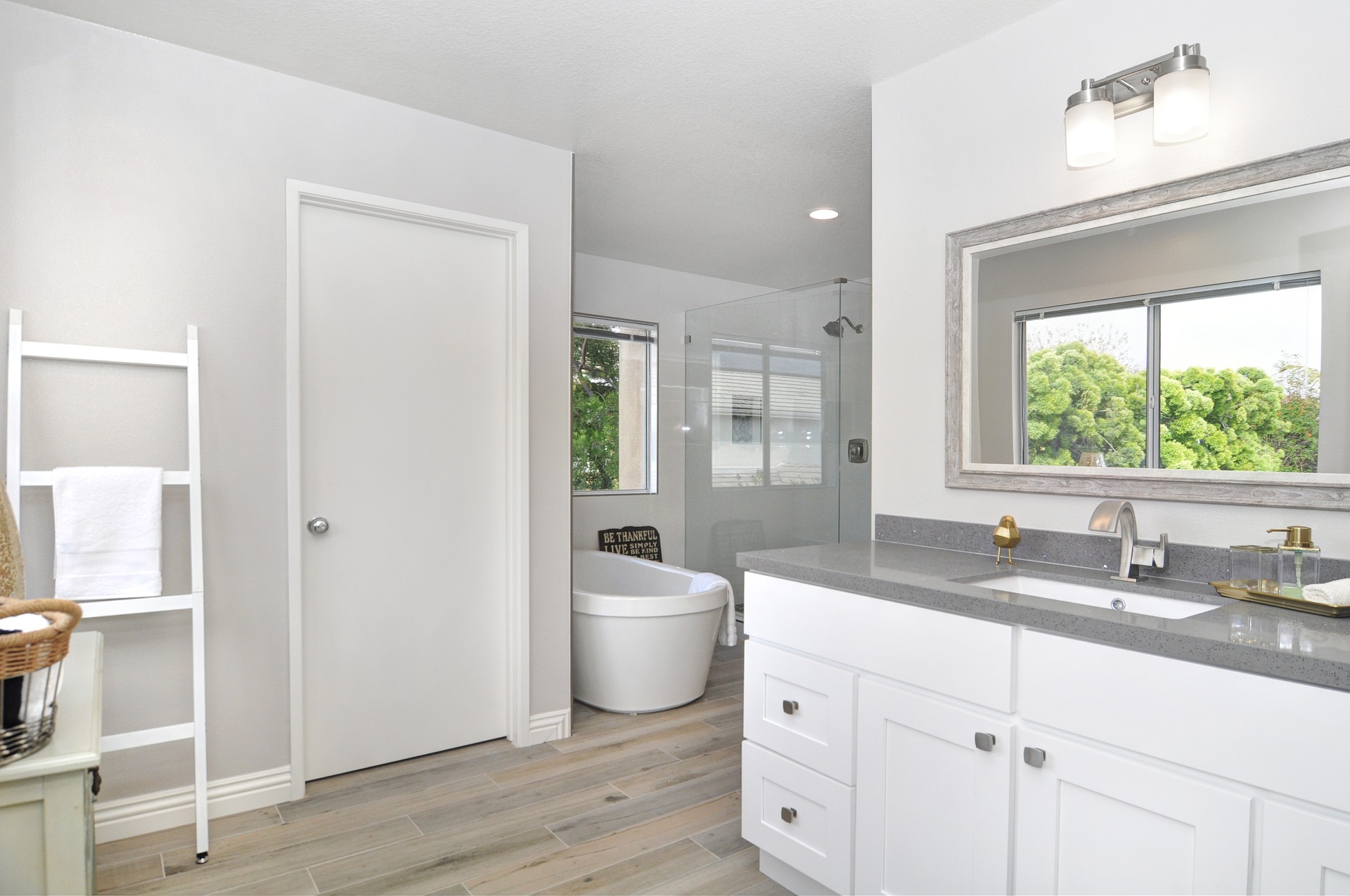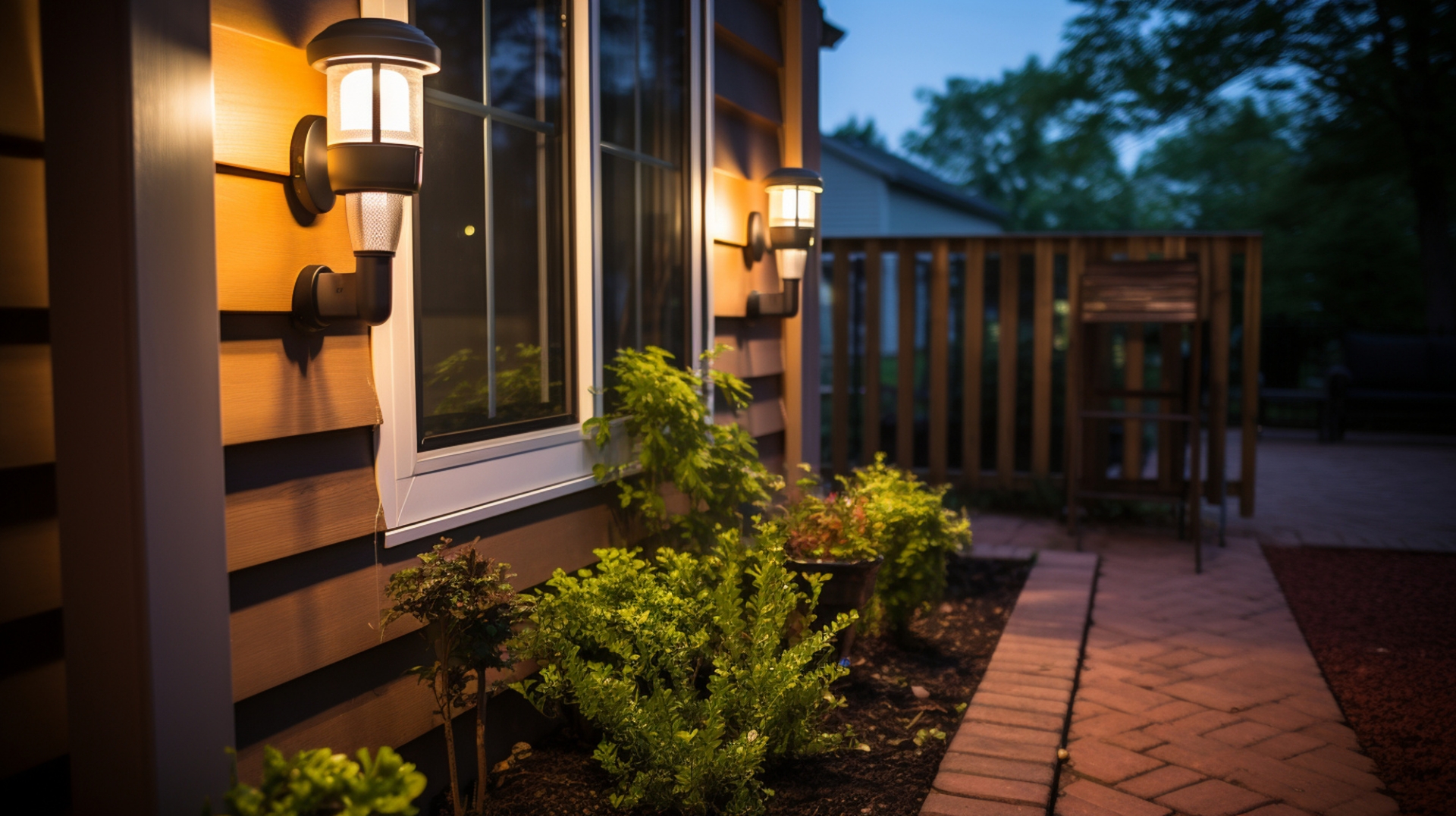Long Island, a vast stretch of land extending eastward from New York Harbor, has been the backdrop to an eclectic mix of architectural designs, from opulent Gilded Age mansions to cutting-edge contemporary homes. The story of Long Island’s architecture is a testament to the ever-evolving design ethos of this region and the architects who shape it.
A Brief Overview of Long Island’s Architectural History
Long Island’s architectural design history can be traced back to the colonial period when simple, functional, and unadorned homes made of timber were commonplace. These were mainly Dutch and English colonial styles that set the tone for Long Island’s early architectural landscape.
As the island prospered, the 19th century saw the rise of Victorian homes, characterized by intricate detailing, asymmetrical facades, and steep, multi-faceted roofs. The island’s North Shore, in particular, became the Gold Coast, a playground for the rich and famous, giving rise to grand mansions inspired by a variety of European architectural styles.
The 20th century brought the modernist movement. With the rise of the automobile and the expansion of roads, the suburbs of Long Island became the ideal place for middle-class families to settle down. This led to the creation of Levittown – the emblem of post-WWII suburbia. While Levittown homes were known for their simplicity and uniformity, they represented a significant shift in American living patterns.
In recent times, Long Island has seen a blend of traditional and modern designs. Waterfront homes now favor large glass facades to capture the stunning ocean views, while many historical homes are being restored to preserve their original charm.
The Role of an Architect: Crafting Visions into Reality
The built environment around us is a testament to the architect’s ability to turn dreams and visions into tangible structures. But what exactly does an architect do?
1. Understanding the Client’s Needs: Every architectural project begins with an idea, often a blend of the client’s wishes and the architect’s vision. An architect spends considerable time understanding these needs, discussing preferences, lifestyle, and desired functionalities.
2. Site Analysis: Before drawing up any plans, an architect will conduct a comprehensive site analysis. This involves understanding the topography, climate, and any local building regulations that might influence the design.
3. Design and Drafting: Once the client’s needs are understood and the site analyzed, architects use their creativity to craft preliminary sketches. With the help of computer-aided design (CAD) tools, these sketches evolve into detailed blueprints.
4. Coordination and Collaboration: An architect doesn’t work in isolation. From civil engineers to interior designers, they coordinate with various professionals to ensure the design is feasible and aligns with all structural, electrical, and aesthetic requirements.
5. Overseeing Construction: Architects don’t just design; they also play a pivotal role during construction. They ensure that the builders adhere to the plans, use the specified materials, and maintain the design’s integrity.
6. Sustainability and Ethical Considerations: Modern architects place a heavy emphasis on creating designs that are environmentally sustainable. This involves choosing eco-friendly materials, ensuring energy efficiency, and designing in harmony with the surroundings.
Long Island Architecture Today: A Reflection of Diverse Influences
Modern architecture is a fascinating fusion of the old and the new. Historic mansions are juxtaposed against sleek contemporary homes, creating a diverse architectural tapestry. The island’s unique geographical position, flanked by the ocean and interwoven with waterways, heavily influences many designs. Oceanfront properties maximize views with open layouts and expansive glassworks, while inland designs often focus on harmonizing with the serene landscapes.
Architects in Long Island are not just builders; they are visionaries who recognize the importance of blending the island’s rich historical heritage with contemporary needs. With every project, they are reshaping Long Island’s architectural landscape, ensuring it remains a dynamic and vibrant region that pays homage to its storied past.
In conclusion, Long Island’s architectural journey, from colonial homes to modern masterpieces, is a testament to the creativity and innovation of its architects. These professionals do much more than just design buildings; they shape the very fabric of communities, ensuring that structures are not only aesthetically pleasing but also functional, sustainable, and in harmony with their surroundings. As we look towards the future, one can only anticipate the exciting architectural marvels that will continue to grace Long Island’s skyline.











